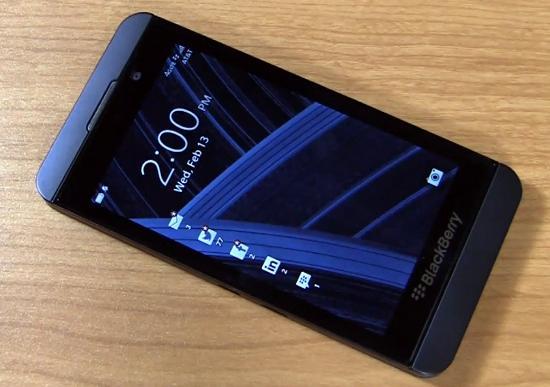
BlackBerry recently announced that its BlackBerry World storefront is now home to more than 100,000 applications, which is 30,000 more than the platform launched with in January. However, because BlackBerry allows developers to quickly port their existing Android apps over to BlackBerry using its emulation support, some have been wondering how many of the 100,000 apps in BlackBerry World are Android ports and how many are native BlackBerry 10 apps. BlackBerry VP for global alliances and business development Martyn Mallick has the answer to that question, as he has told AllThingsD that around 20 percent of the 100,000 apps in BlackBerry World are Android app ports.
While BlackBerry would obviously prefer that developers eventually launch native BlackBerry 10 apps, Mallick said that allowing Android app emulation "a very nice on-ramp to get onto the platform" and that it serves as a quick way for BlackBerry users to get the apps that they want. Mallick did note that some developers take an extra step by adding some BlackBerry-specific features to their Android app ports, such as support for the BlackBerry Hub or for push notifications.
With several major platforms floating around in the smartphone world, it can be difficult for developers to find time to create and maintain apps for multiple OSes. That can be the case for many devs with BlackBerry 10, which is still a very new platform with just a single device that's currently available. BlackBerry's Android app porting process makes it easier for existing Android devs to get into BlackBerry World, though, and it helps to make BlackBerry 10 more attractive to consumers and other devs because it allows BlackBerry to point to the apps it already offers in an attempt to woo more people to its camp.
BlackBerry is also trying to entice developers to create native BlackBerry 10 apps by doing things like making a promise to developers that their Built for BlackBerry apps will make $10,000. The company has also said that its first group of devices will only use two different screen sizes, which are the Z10's taller display and the Q10's square screen, in an attempt to avoid fragmentation and make it easier for devs to tailor their apps to these devices. Now that the BlackBerry Z10 is available on many major carriers around the globe and the Q10 is getting close to launch, it'll be interesting to see how many more devs decide to hop on board with BlackBerry and create (or port) an app for BlackBerry 10.
Via AllThingsD